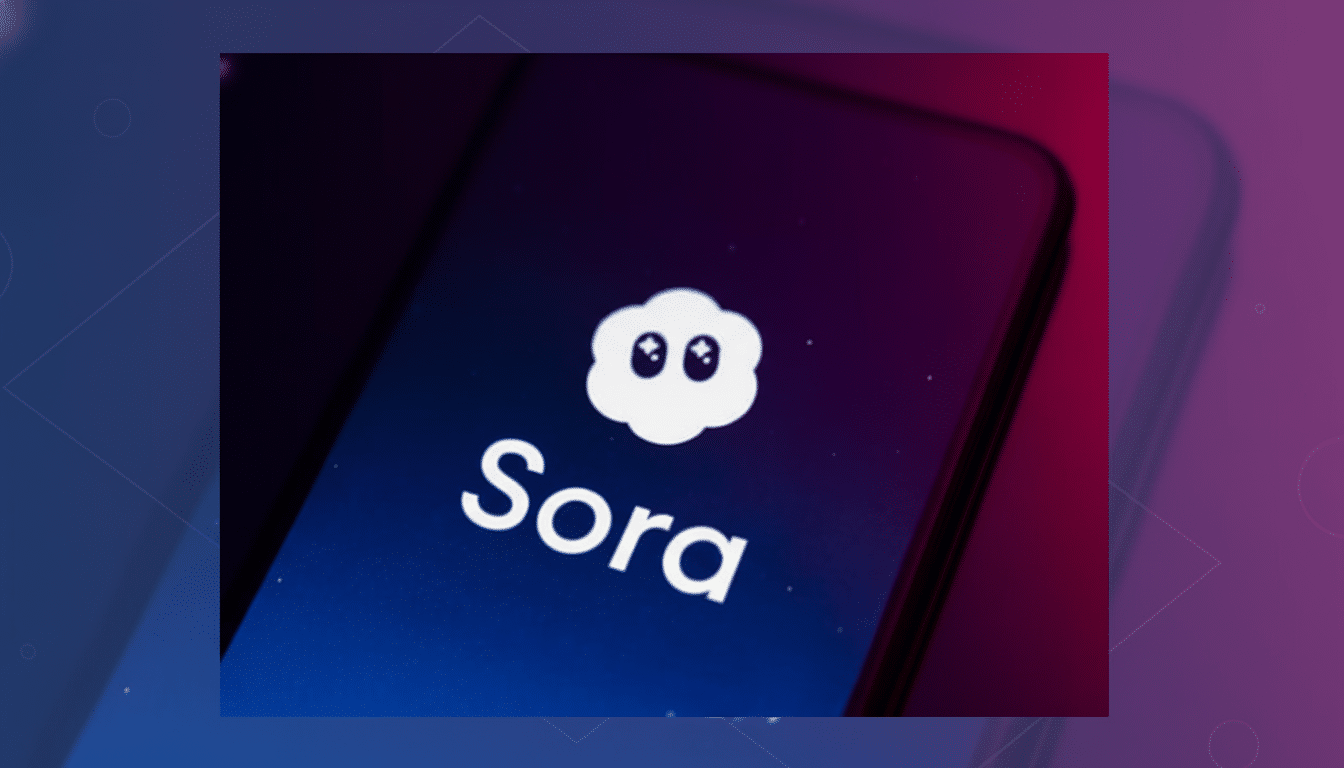OpenAI’s new Sora app encountered a legal hurdle after a federal judge blocked the company from calling a deepfake-style feature “cameo.” The ruling gives the celebrity video marketplace Cameo a speedy victory in its case against OpenAI, which it claimed caused consumer confusion and was too similar to one of its own federally registered trademarks.
Inside the Trademark Fight Over OpenAI’s ‘Cameo’ Label
U.S. District Judge Eumi K. Lee granted the temporary restraining order, which prohibits OpenAI from using “cameo,” or terms that are confusingly similar, in relation to Sora. The order means the court concluded there were at least some serious questions about the merits and a possibility of irreparable harm — thresholds that courts balance when considering requests for relief under the Lanham Act, where consumer confusion is shown to be conceivable.

Cameo’s basic case is simple: it has rights in the CAMEO mark for entertainment and downloadable software, and OpenAI’s use of the term in a media creation app creates confusion about source.
“We are pleased with the court’s decision to protect consumers from the confusion generated by OpenAI and the need for protection from such use,” said Cameo CEO Steven Galanis in a statement, calling for a permanent injunction on its use.
OpenAI argues that no one company can “own” a common word in all contexts and told reporters it disagrees with Cameo’s trademark claim to the term. The Sora app reportedly still labeled its matchmaking as “cameo” at press time, in what is apparently a willful disregard of the court order and could lead to a citation for contempt if not addressed immediately.
Why the Word “Cameo” Can Be Trademarked in Entertainment
When they act as source indicators in a limited market, dictionary words are commonly trademarked. Cameo has received several registrations for CAMEO in the entertainment and software classes from the U.S. Patent and Trademark Office, according to its attorney, Charles Kramer of Reinhart Boerner Van Deuren SC; and has accumulated widespread recognition since launching its celebrity shout-out marketplace. Trademark law is about use in commerce, not whether a word exists as part of everyday language.
Judges normally consider the strength of the mark, proximity of the goods, and evidence of confusion. Here the goods are close enough to matter: both companies exist at the intersection of celebrity, video, and consumer-facing apps. Even if OpenAI makes a powered-by argument, whether descriptive or fair use, using the exact same word as a feature name can still lead to what’s called “initial-interest confusion,” where users temporarily think that there’s an affiliation.
“Tens of thousands of creators now transact on Cameo and there have been millions of paid videos created, resulting in significant secondary meaning developed by the name.” That commercial presence helps its case that consumers are familiar with “Cameo” as a particular source, not just another extra on the screen.

OpenAI’s Defenses and the Path Forward After the TRO
OpenAI is expected to hedge on descriptive fair use — it used “cameo” to describe a kind of appearance rather than as the name of a brand or product — or say that the term is generic in this context. But the Supreme Court’s Booking.com decision underscored that consumer perception is king: even a generic term can be protectable in certain goods if consumers primarily think of it as the brand for those goods.
There are pragmatics in the moment: renaming the feature, geofencing the term, or engineering a quick UI change toward neutral labels like “guest appearance” or “spotlight.” Big tech has undergone similar shifts under the duress of an injunction before; Microsoft rebranded SkyDrive to OneDrive following a trademark defeat in the UK. A compromise coexistence agreement is feasible, but only if it resolves confusion.
Procedurally, a hearing is set on whether to continue the order. The TRO is not a ruling on the merits of the case, but it sends an early signal: the court saw enough risk to step in now, when such interference can often push parties toward settlement or to a swift rebrand.
AI Deepfakes Take Things to Another Level of Risk
The naming dispute sits in the context of wider concerns about synthetic media. Sora’s “cameo” feature is said to have enabled users to create videos of themselves or others (with permission), but the option was met with blowback when the estate of Martin Luther King Jr. had to step in over usage concerns. Context matters: when products brush up against the likeness of celebrities, the risk of consumer confusion or assumptions about endorsement skyrockets.
Regulators are sharpening their focus. The Federal Trade Commission has issued warnings to advertisers and platforms over misleading AI content, and states such as California and Tennessee have changed right-of-publicity rules to deter unauthorized digital replicas. Mislabeled or vaguely branded tools can add to that risk by suggesting associations that do not actually exist.
What It Means for Tech Naming and Brand Risk in AI
For AI companies, the message is not subtle: do early trademark clearance and treat feature names like product brands. The legal test is not whether engineers believed a term was just descriptive — it is whether intersubjects (that’s patent language) might think that two sources are somehow connected. In markets cluttered with creator tools, the stakes for clear branding have never been higher.
If OpenAI rebrands with some haste, the business impact could be relatively contained. If it does fight, discovery on confusion evidence — consumer surveys, support tickets, app store reviews — will determine much of the case. Either way, this kerfuffle underscores that in the age of generative media, words still count and choosing the wrong one can challenge a product’s progress.

